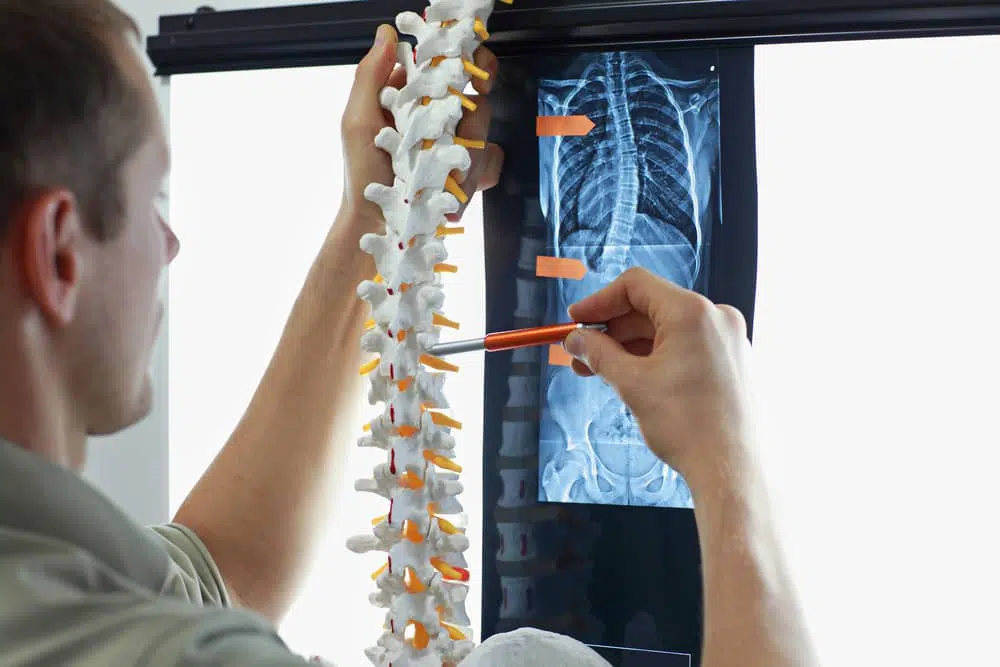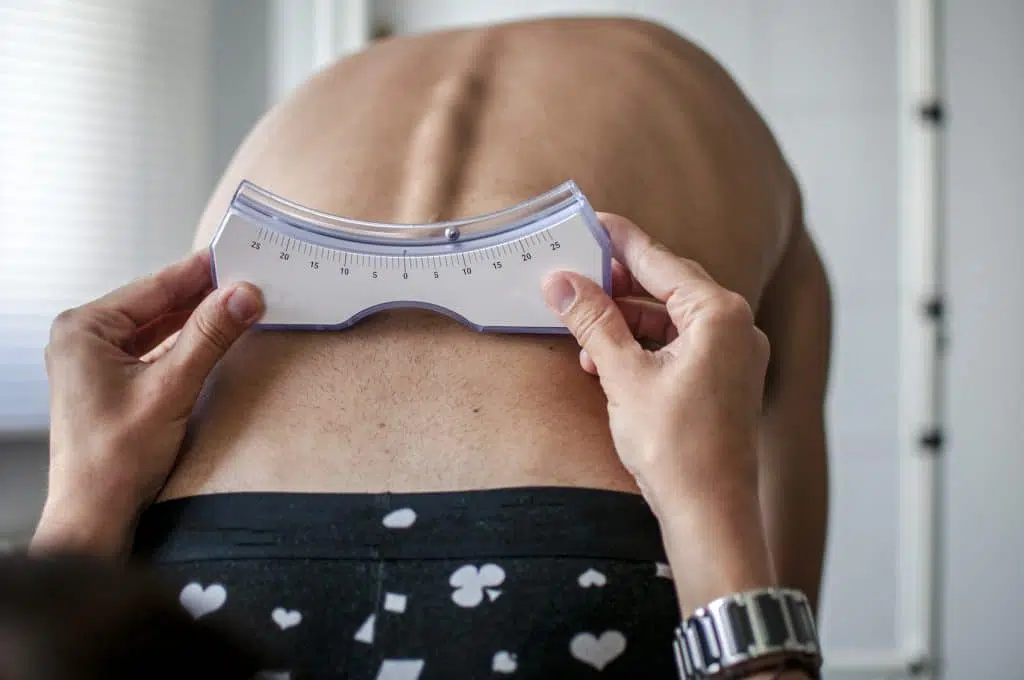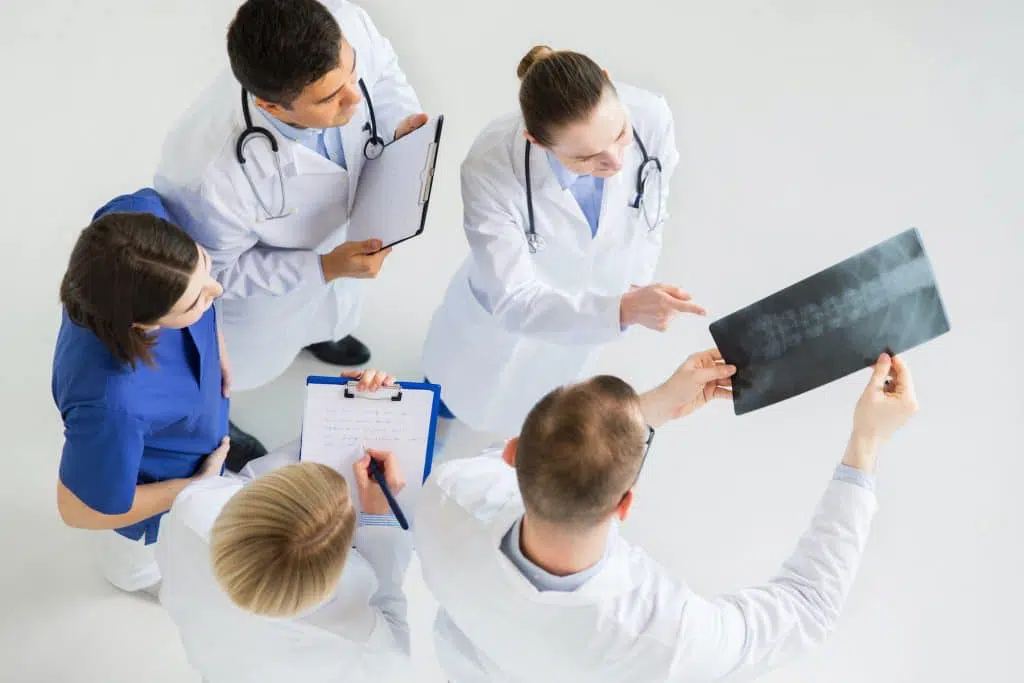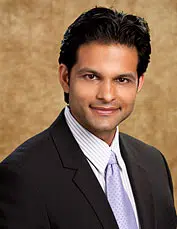Call Now!
Torrance Office: +1 (424) 360-0155

While some people experience no symptoms of spinal stenosis, many patients suffer with daily pain and discomfort. It’s important to seek treatment for spinal stenosis, as pain symptoms can gradually worsen over time as nerve pressure increases. At Rolling Hills Medical in Torrance, we offer several treatment options, including surgical and non-surgical therapies.
Spinal stenosis is a condition in which the narrowing of the spinal column compresses the spinal cord. As the space around the spinal cord narrows, the constriction causes increased pressure on spinal nerve roots, leading to pain, numbness, and trouble with balance. The two main types of spinal stenosis are cervical stenosis and lumbar stenosis. Cervical stenosis refers to narrowing in the neck, whereas lumbar stenosis, the more prevalent type, refers to narrowing in the lower back.
Individuals born with a narrow spinal column have what is know as congenital spinal stenosis. However, most people experience spinal stenosis as a result of wear-and-tear, herniated discs, or other conditions that affect the spinal canal. Common conditions that may lead to spinal stenosis include:

At Rolling Hills Medical, our team of integrated health professionals offers a variety of treatment options for spinal stenosis, from physical therapy to spinal fusion surgery. We recognize that many patients are nervous about the prospect of spinal surgery and we can recommend several non-invasive treatment options that could prevent the need for surgery. At Rolling Hills Medical in Torrance, we offer the following spinal stenosis treatment options:

At Rolling Hills Medical we want each patient to feel comfortable and informed at every step of the treatment process. Before treatment, your doctor will review your medical history, diagnostic results, and current medications. This minimally invasive outpatient procedure generally takes between 15-45 minutes. We do recommend that patients make arrangements for transportation, as recovery time may be needed.
Patients are required to lie on an x-ray table to allow the physician to clean the area of injection and administer a local anesthetic. Little to no pain is felt, but patients often feel slight pressure upon needle insertion. Using live x-ray fluoroscopy allows the doctor to view the needle insertion on a monitor. Contrast dye is injected to confirm medication delivery flow location, followed by the injection of the epidural steroid solution.
Depending on the condition and symptoms being treated, the epidural steroid injections may be inserted at different locations. The most common ESIs are cervical and lumbar. Cervical injections are administered just above the nerve root to relieve pain in the neck or arms. Lumbar injections are administered a nerve canal in the back to relieve lower back and and leg pain.
Pain relief effects last for 3 months on average. It’s important to schedule follow-up appointments with your spine specialist at Rolling Hills Medical to discuss efficacy of treatment and whether or not to schedule additional injections.
For more information on spinal stenosis or to schedule a consultation with one of our spinal specialists and spine surgeons, contact Rolling Hills Medical in Torrance. Our team of experienced spine experts can help you find the appropriate treatment, either surgical or non-surgical, for your spinal stenosis. Call us today at 424-250-8699 to get treated.
